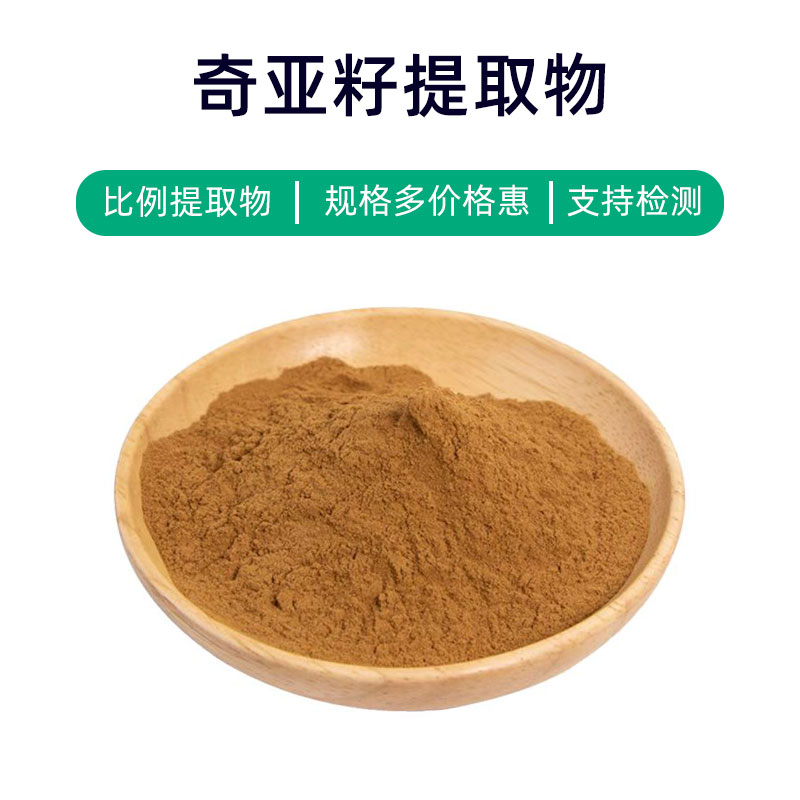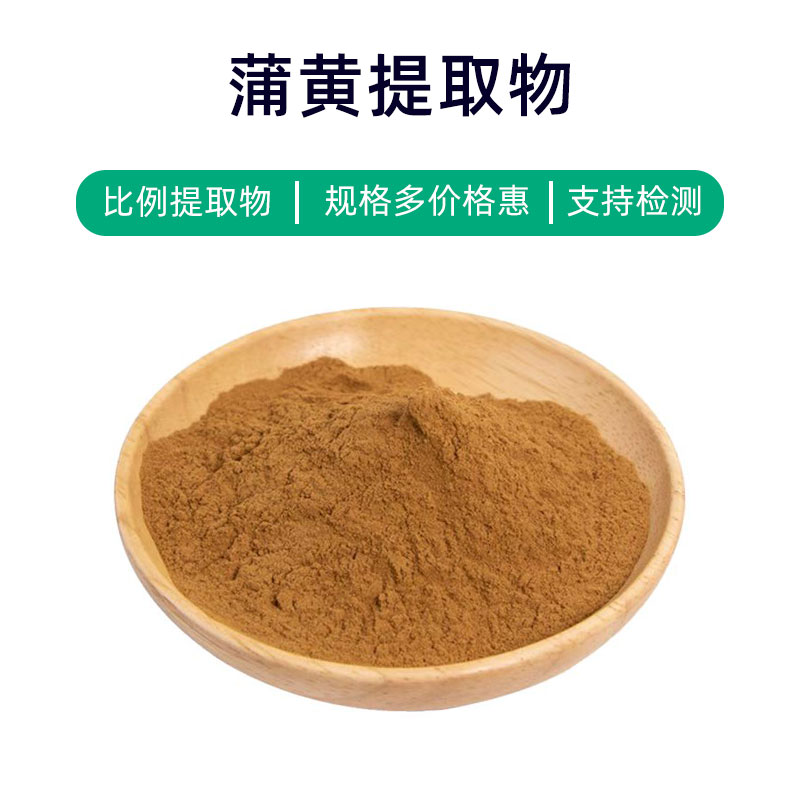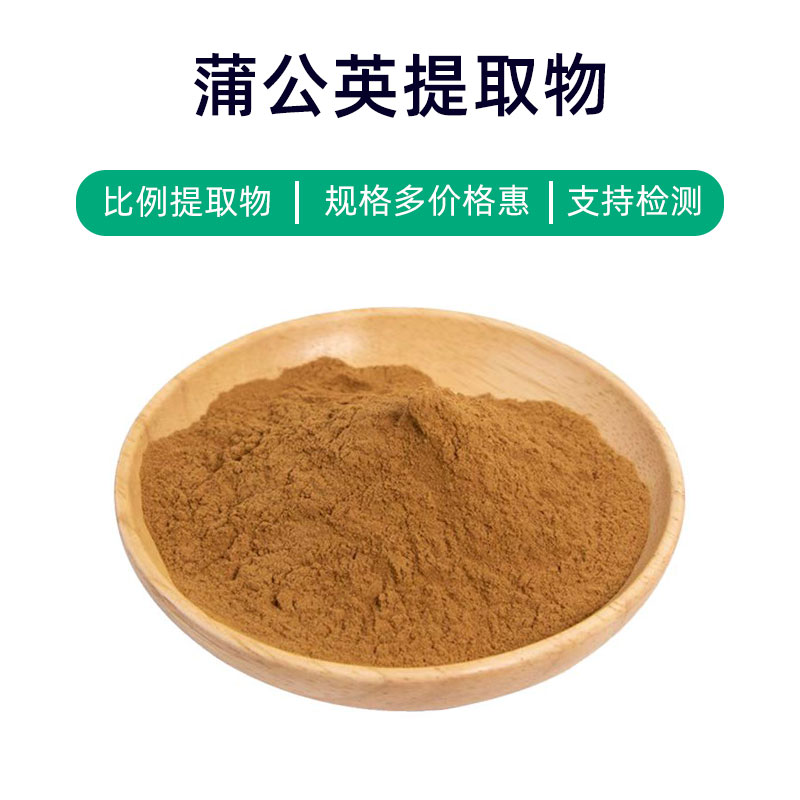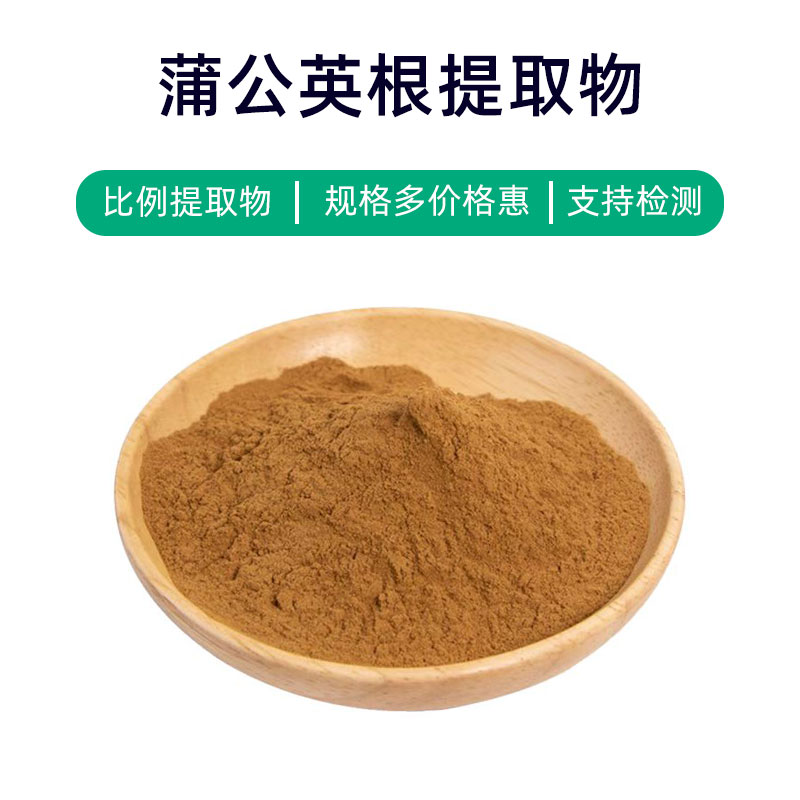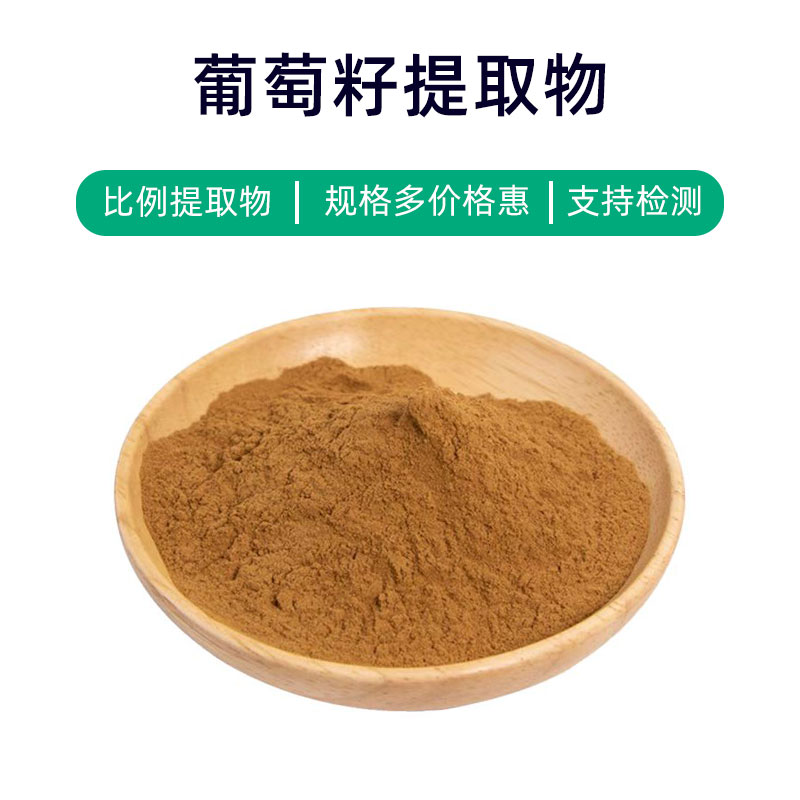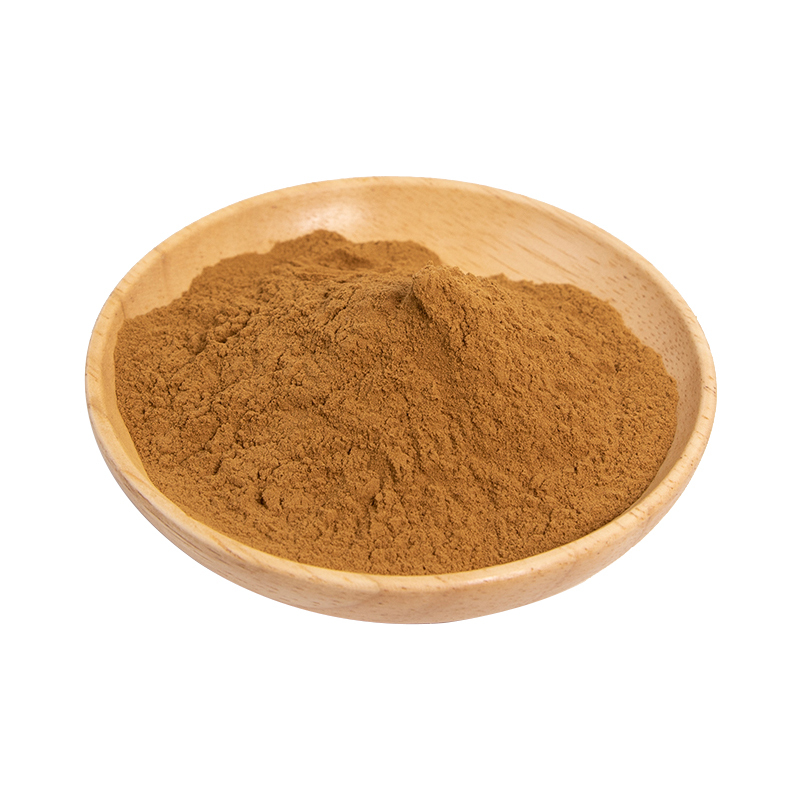Introduction to Garlic Extract Product
Garlic extract is a natural ingredient derived from the garlic plant, primarily consisting of allicin, sulfur compounds, and polyphenols. It is widely utilized in pharmaceuticals, dietary supplements, food, and cosmetics.
Garlic extract offers various benefits. Firstly, it is widely recognized for its antibacterial properties, making it useful for preventing and treating different infectious diseases. Secondly, garlic extract is rich in antioxidants, helping to eliminate free radicals in the body and protect cells from oxidative damage. Additionally, it is believed to have lipid-lowering, blood pressure-lowering, and antitumor effects, aiding in cardiovascular health and cancer prevention.
In the pharmaceutical field, garlic extract is commonly used in the formulation of various health products and medications, such as antibiotics and cardiovascular drugs. In the food industry, it is often added to seasonings, health foods, and nutritional supplements to enhance dietary value and flavor. In cosmetics, garlic extract is frequently used in skincare products and oral hygiene items for its antibacterial, anti-inflammatory, and antioxidant properties, benefiting skin health and oral care.
Overall, garlic extract, as a natural and safe ingredient, holds significant potential for diverse applications and important benefits across multiple domains.
Garlic Extract Production Process
The production process of garlic extract typically involves the following main steps:
- Raw Material Preparation: Fresh garlic is selected as the raw material, peeled, washed, and chopped to facilitate the extraction process.
- Extraction: Appropriate extraction methods like water extraction, ethanol extraction, or supercritical CO2 extraction are employed to extract active components from garlic. Different extraction methods can affect efficiency and composition.
- Filtration and Concentration: The extracted liquid is cleared through a filter to remove impurities and solid particles. Then, concentration equipment is used to remove solvents from the extract to obtain concentrated garlic extract.
- Refinement: The concentrated garlic extract undergoes further refining to eliminate residual solvents and other impurities, enhancing the product's purity and quality.
- Drying: The refined garlic extract is dried to remove moisture, reduce humidity, and improve stability and shelf life.
- Packaging: The dried garlic extract is packaged according to specific specifications, typically in sealed containers to prevent moisture and oxygen from entering, ensuring product stability and quality.
- Quality Control: The final product undergoes quality testing and control, including appearance, ingredient content, and microbial testing, to ensure compliance with relevant standards.
This outlines the general production process for garlic extract, which can be adjusted and optimized based on product requirements and the manufacturer's capabilities.
Garlic Extract Benefits and Potential Side Effects
Garlic extract, recognized for its numerous health benefits, has garnered attention in the fields of medicine and nutrition. Its main benefits include:
- Antibacterial Properties: Garlic extract is rich in sulfur compounds with strong antibacterial and antifungal effects, useful in preventing and treating various infectious diseases, including respiratory and gastrointestinal infections.
- Lipid-Lowering Effects: The active components in garlic extract can lower cholesterol and triglyceride levels in the blood, helping to prevent atherosclerosis and cardiovascular diseases.
- Blood Pressure Reduction: Ingredients in garlic extract can dilate blood vessels and promote circulation, aiding in lowering blood pressure and preventing hypertension and cardiovascular issues.
- Antioxidant Effects: Garlic extract is abundant in antioxidants, neutralizing free radicals, delaying cellular aging, and protecting body tissues from oxidative damage.
- Antitumor Properties: Research indicates that active components in garlic extract inhibit tumor growth, helping to prevent and assist in the treatment of certain cancers.
- Immune Support: Garlic extract enhances immune function, increasing resistance to colds and other illnesses.
- Digestive Aid: Garlic extract promotes gastrointestinal motility and increases gastric secretion, aiding digestion and improving gut health.
Despite its many benefits, some precautions should be noted during use:
- Digestive Discomfort: Garlic extract may cause digestive issues or gastrointestinal discomfort, especially when taken on an empty stomach.
- Allergic Reactions: Some individuals may be allergic to components in garlic extract, experiencing symptoms like skin rashes or breathing difficulties, necessitating careful attention to individual differences.
- Drug Interactions: Garlic extract may interact with certain medications, affecting their metabolism and absorption, particularly anticoagulants and antihypertensives.
In summary, garlic extract serves as a natural health supplement and can provide numerous benefits when used at appropriate dosages. However, care should be taken regarding individual differences and potential side effects, and it is advisable to use it under the guidance of a physician or nutritionist.
Garlic Extract Usage Scenarios and Dosage
Garlic extract has extensive applications in medicine, food, and cosmetics. Here are its usage scenarios and suggested dosages in various fields:
- Medical Field:
- Cardiovascular Health: Garlic extract is commonly used for preventing and treating cardiovascular diseases such as hypertension, high cholesterol, and atherosclerosis. A typical dosage is 2-5 grams per day.
- Immune Support: Useful for enhancing immunity and preventing colds and respiratory infections, with a recommended daily intake of 0.6-2 grams.
- Antibacterial Use: For treating infectious diseases, dosage may be adjusted based on conditions and medical advice, generally 3-5 grams daily.
- Digestive Health: Appropriate intake of garlic extract helps promote gut health and prevent gastrointestinal infections, with a general daily dosage of 2-4 grams.
- Food Industry:
- Seasonings: Garlic extract is widely used as a seasoning to enhance flavor in dishes, typically in powdered or extract form, with amounts adjusted based on personal taste.
- Health Foods: Commonly found in dietary supplements like garlic softgels and tablets, generally recommended to follow product guidelines for dosing, usually 1-3 times a day.
- Cosmetics Industry:
- Skincare Products: Due to its antioxidant and antibacterial properties, garlic extract is often included in skincare items. As components of masks, serums, etc., it is recommended for daily use 1-2 times.
- Cleansers: Products containing garlic extract can cleanse skin, tighten pores, and prevent acne and other skin issues, advised for daily usage 1-2 times.
Overall, garlic extract as a natural plant extract possesses various beneficial properties but requires dosage adjustments based on specific situations and product instructions. In medical applications, consulting a healthcare professional is advisable; in food and cosmetic applications, selecting reputable products and using them according to personal needs and product instructions is recommended.
Overview of the Garlic Plant: Distribution and Growth Environment
Garlic (scientific name: Allium sativum) is an important vegetable and medicinal plant that belongs to the Allium family. Here’s an overview of the garlic plant's characteristics, distribution, and growth conditions:
Plant Characteristics:
Garlic is a perennial herb with bulbs, long leaves, and a bulbous stem, which is the common garlic we know. The plant height is approximately 30-60 centimeters with slender, bright green leaves. The flower stalk is upright, featuring umbellate flowers that are generally white or light purple.
Distribution:
Garlic is believed to have originated in Central Asia and has since been widely cultivated around the world. Major producing countries include China, India, Russia, the U.S., and Spain. In China, garlic is primarily found in provinces like Shandong, Hebei, Henan, and Yunnan.
Growth Environment:
- Climate Requirements: Garlic thrives in warm and humid climates, with optimal growth temperatures of 15-25°C. Extreme cold, heat, or humidity can impede growth.
- Soil Requirements: Garlic prefers loose, fertile, well-drained soils. While its soil requirements are not strict, sandy loam is considered ideal.
- Sunlight Requirements: Ample sunlight aids garlic growth, although it can also grow in partial shade.
- Altitude: Garlic is highly adaptable and can grow at altitudes ranging from sea level to 1500 meters.
Garlic requires sufficient sunlight, appropriate temperature and humidity, and good soil conditions throughout its growth cycle. Planting typically occurs in spring, with a growth period of about 6-9 months. During this time, regular watering, fertilization, and weeding are necessary for healthy growth.
Processing, Storage, and Preservation of Garlic Extract
The processing of garlic extract generally includes the following steps: first, cleaning and peeling the garlic bulbs, followed by chopping or grinding them into fine powder. Subsequently, appropriate extraction methods (such as immersion or supercritical fluid extraction) are employed to isolate the target components, resulting in garlic extract. Finally, the extract is processed into powdered, liquid, or other finished forms.
For storage, garlic extract should be kept in a dry, cool, well-ventilated space, away from direct sunlight and moisture. Powdered extracts can be stored in sealed containers to prevent moisture infiltration. Additionally, it should avoid contact with harmful gases or odorous substances to maintain quality. Under suitable conditions, garlic extract can be preserved for extended periods while retaining its stability and the effectiveness of active ingredients.
Monica Sun is a seasoned expert in the plant extraction industry with over a decade of experience in research and production. She specializes in the extraction and purification of plant active ingredients, focusing on driving innovation in natural product applications. Monica has participated in the development of multiple functional plant extracts, delivering high-value natural raw material solutions for the health food, pharmaceutical, and dietary supplement sectors.









